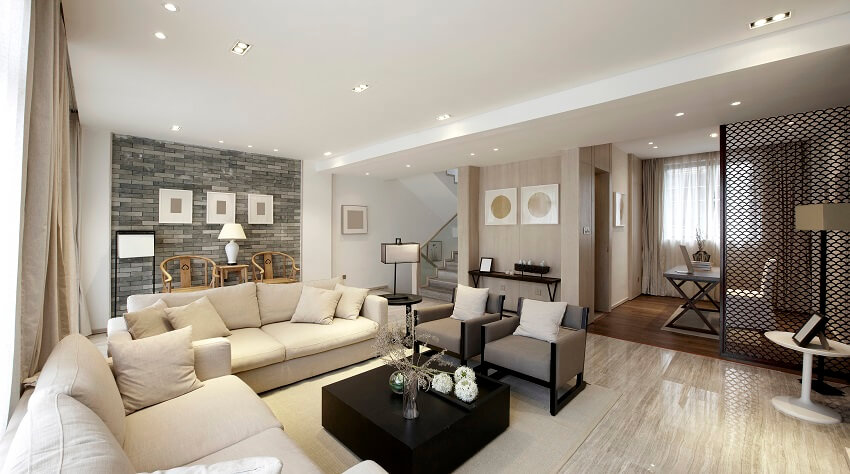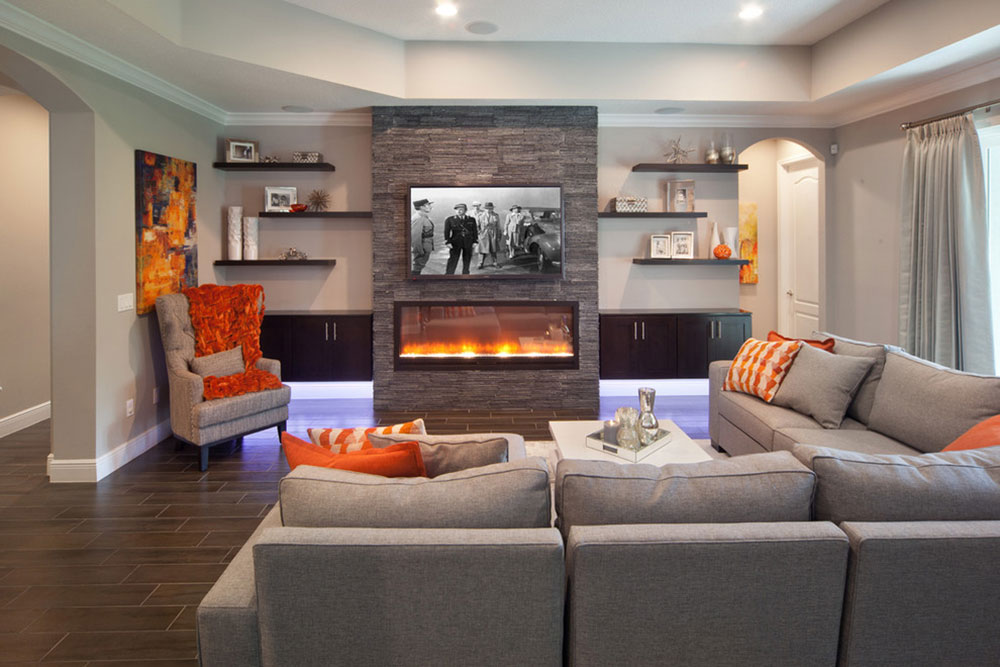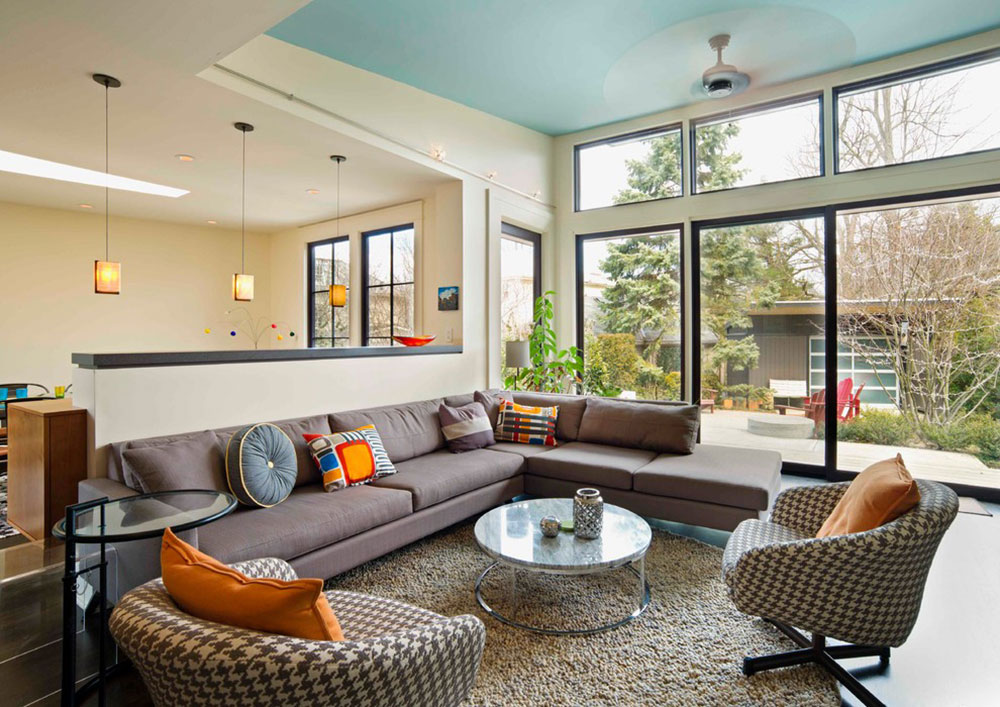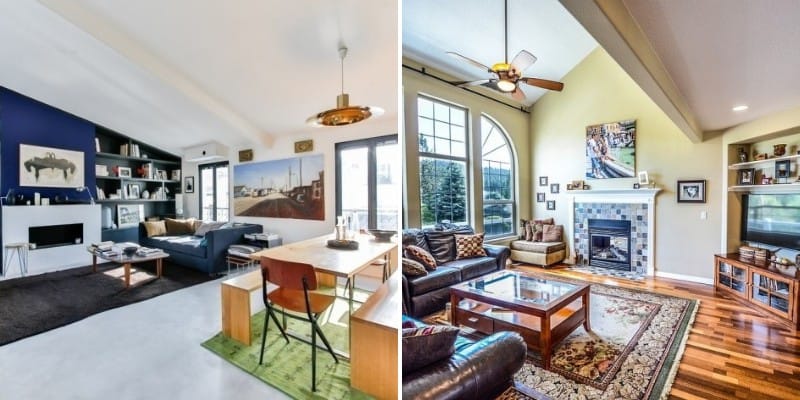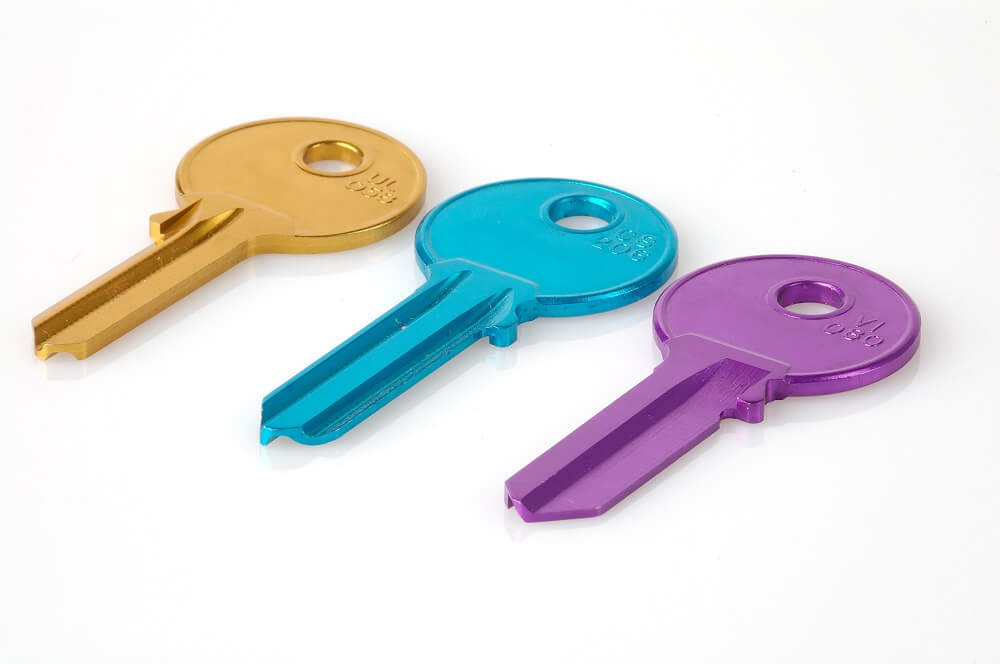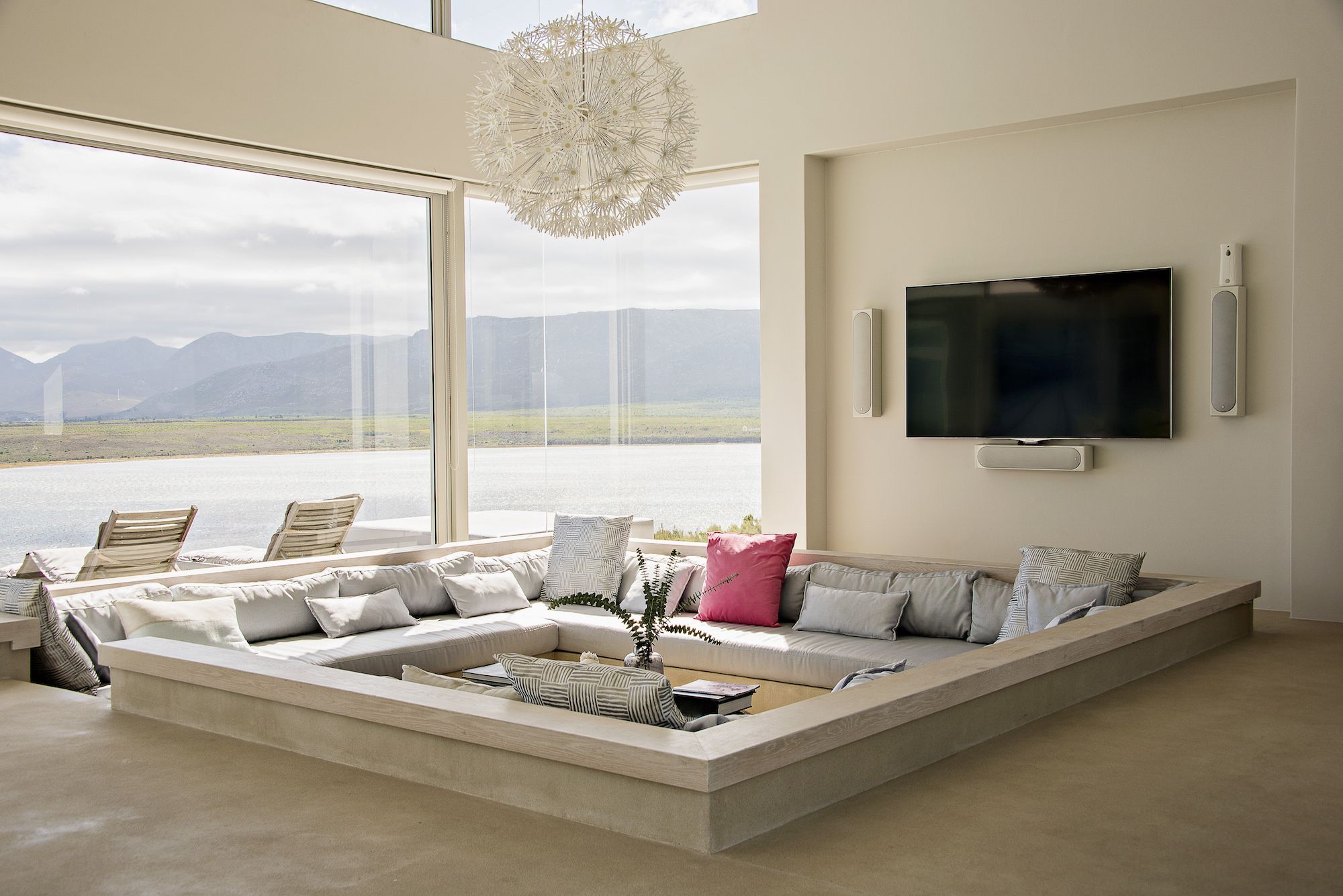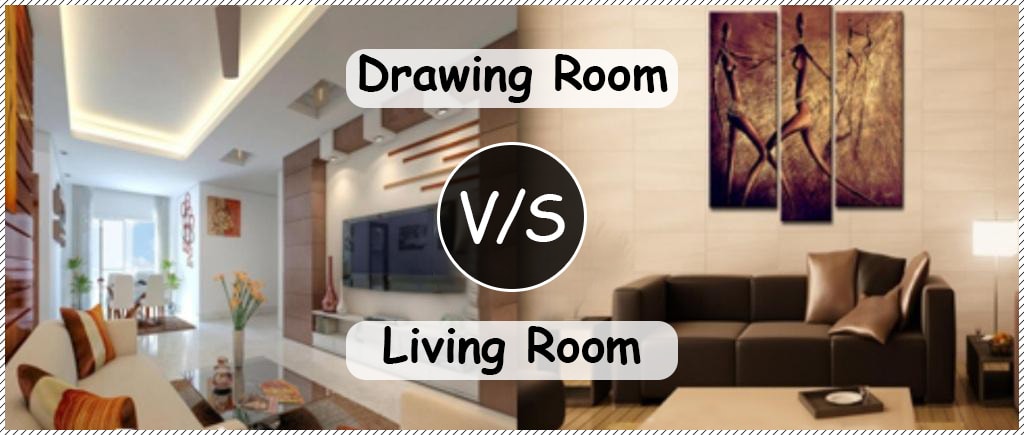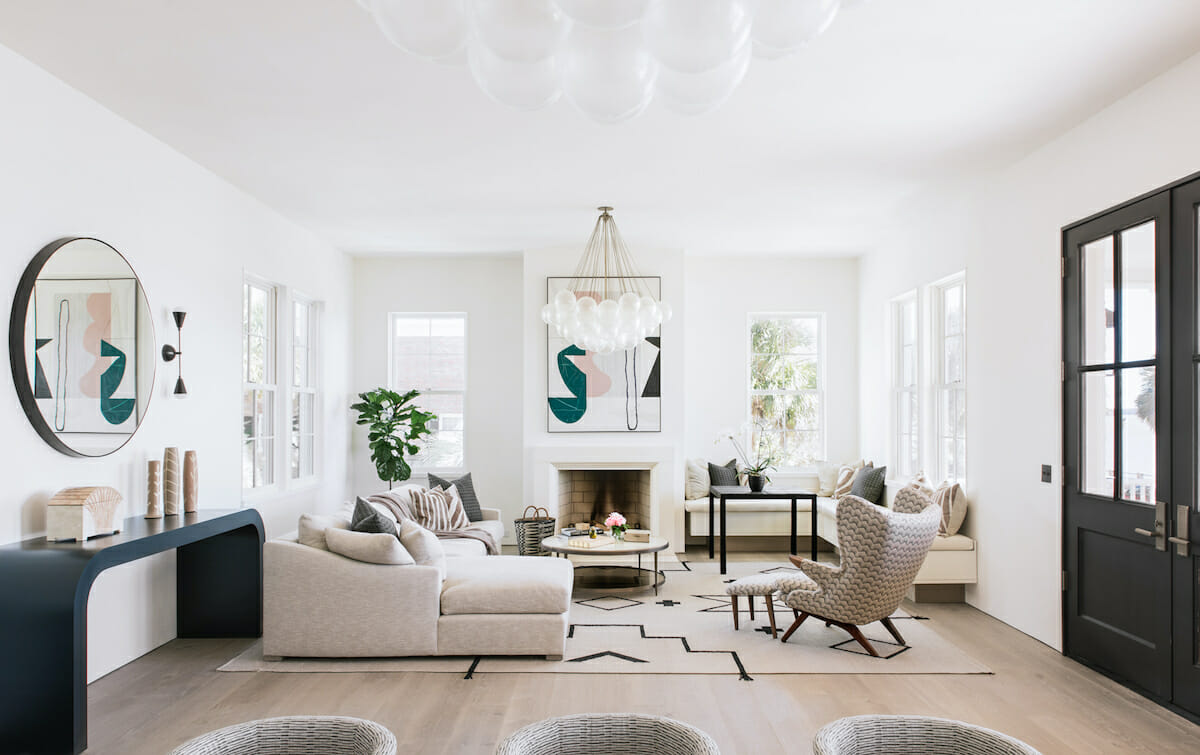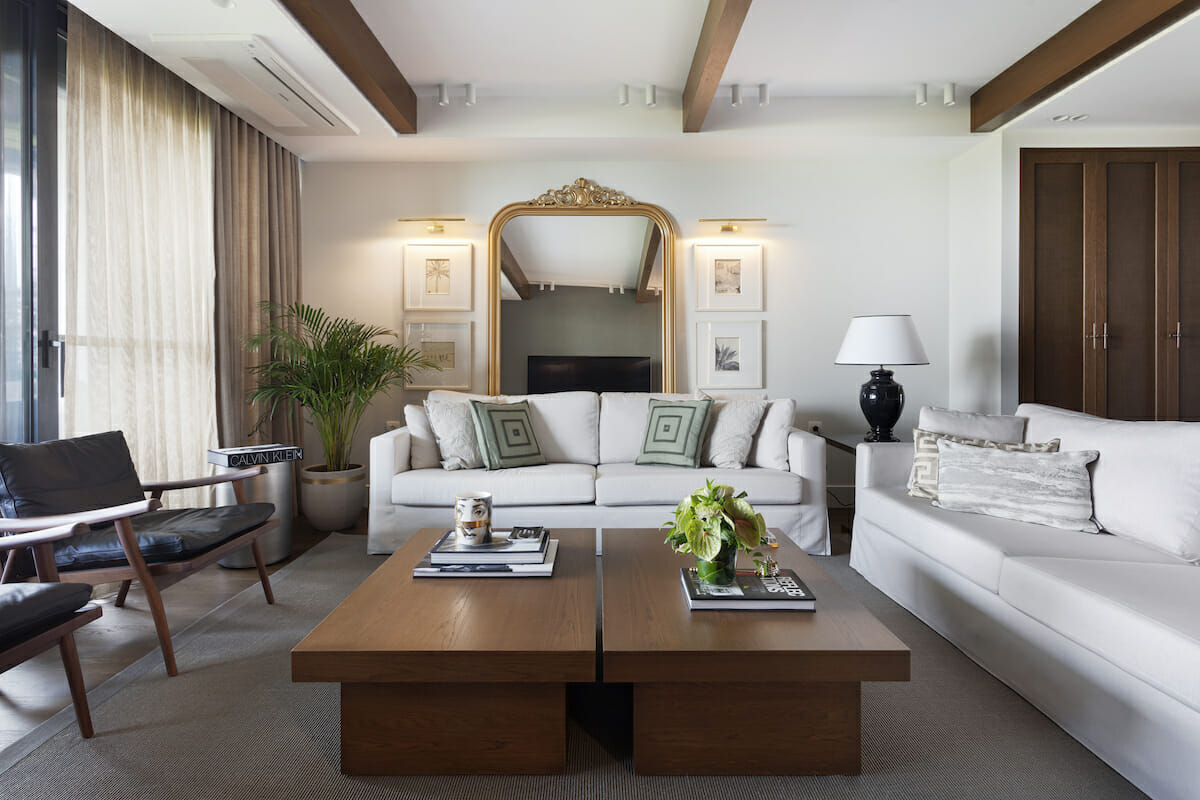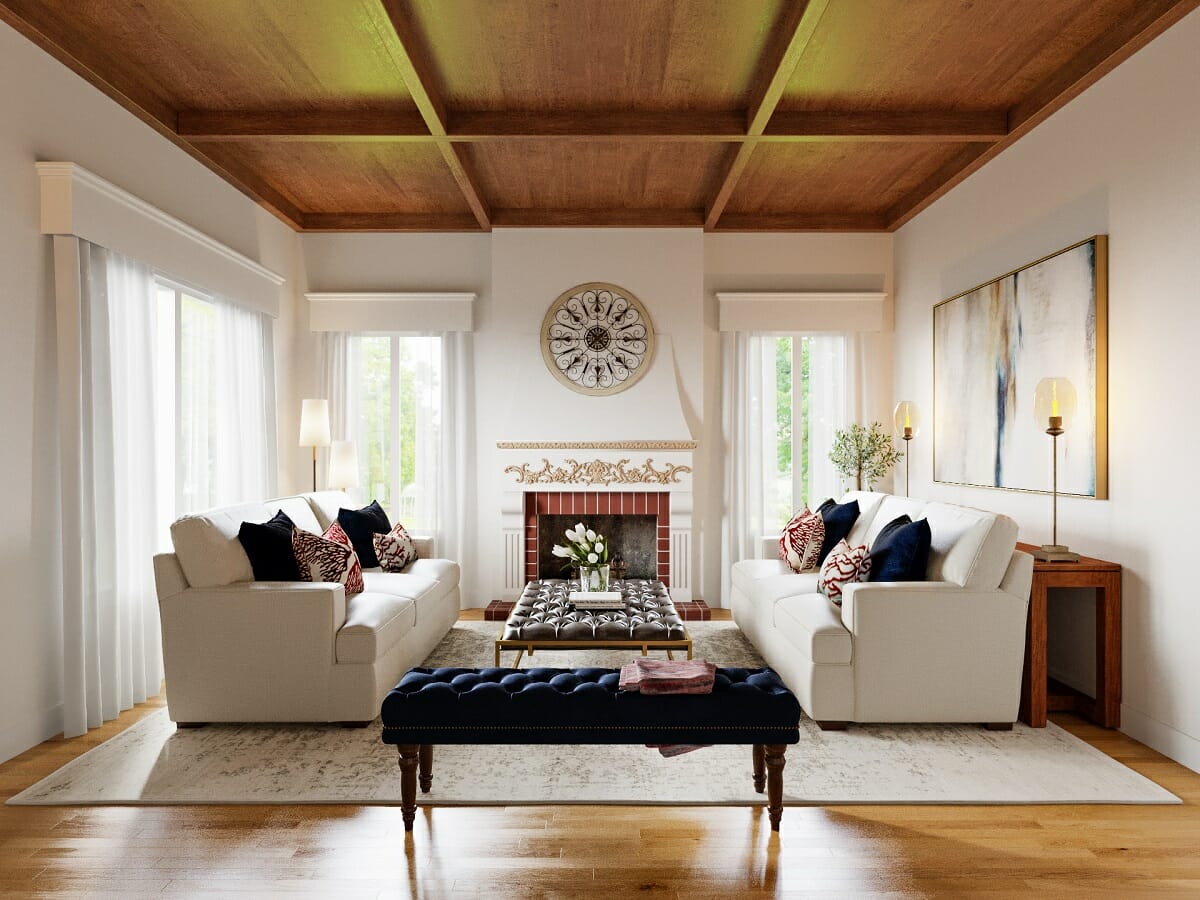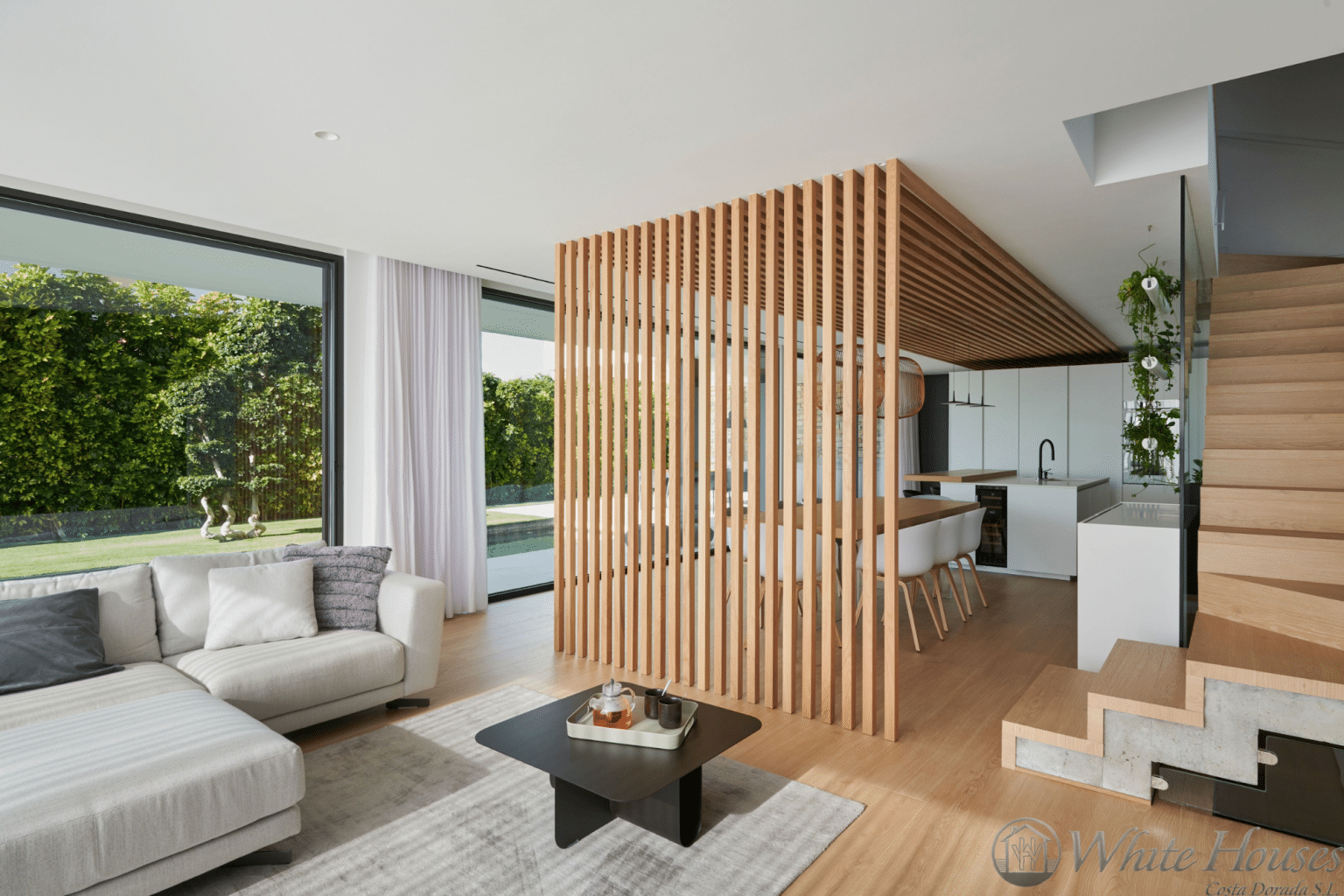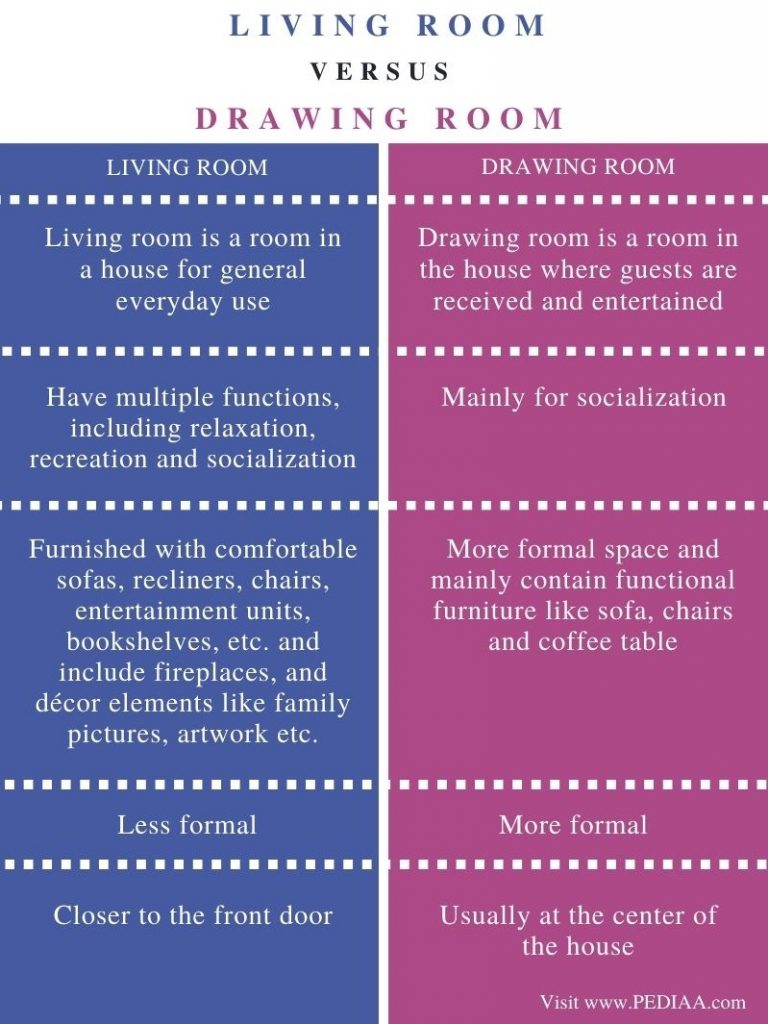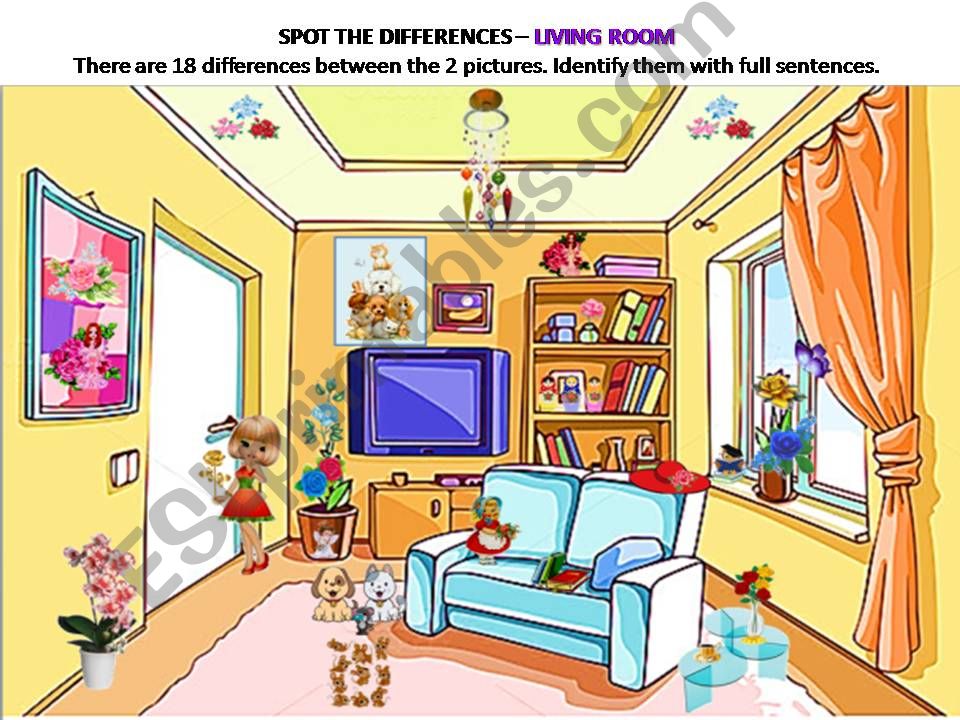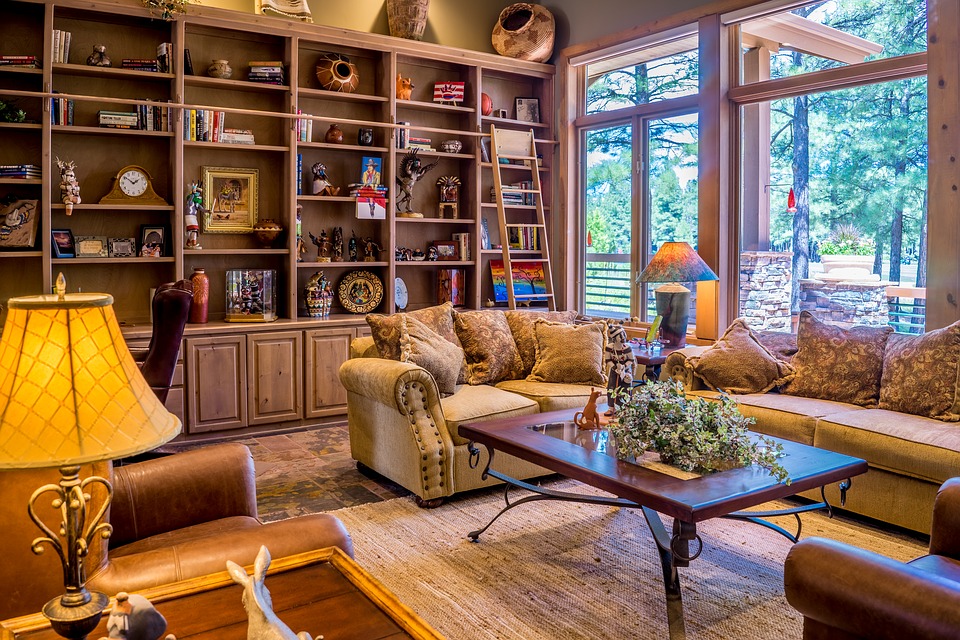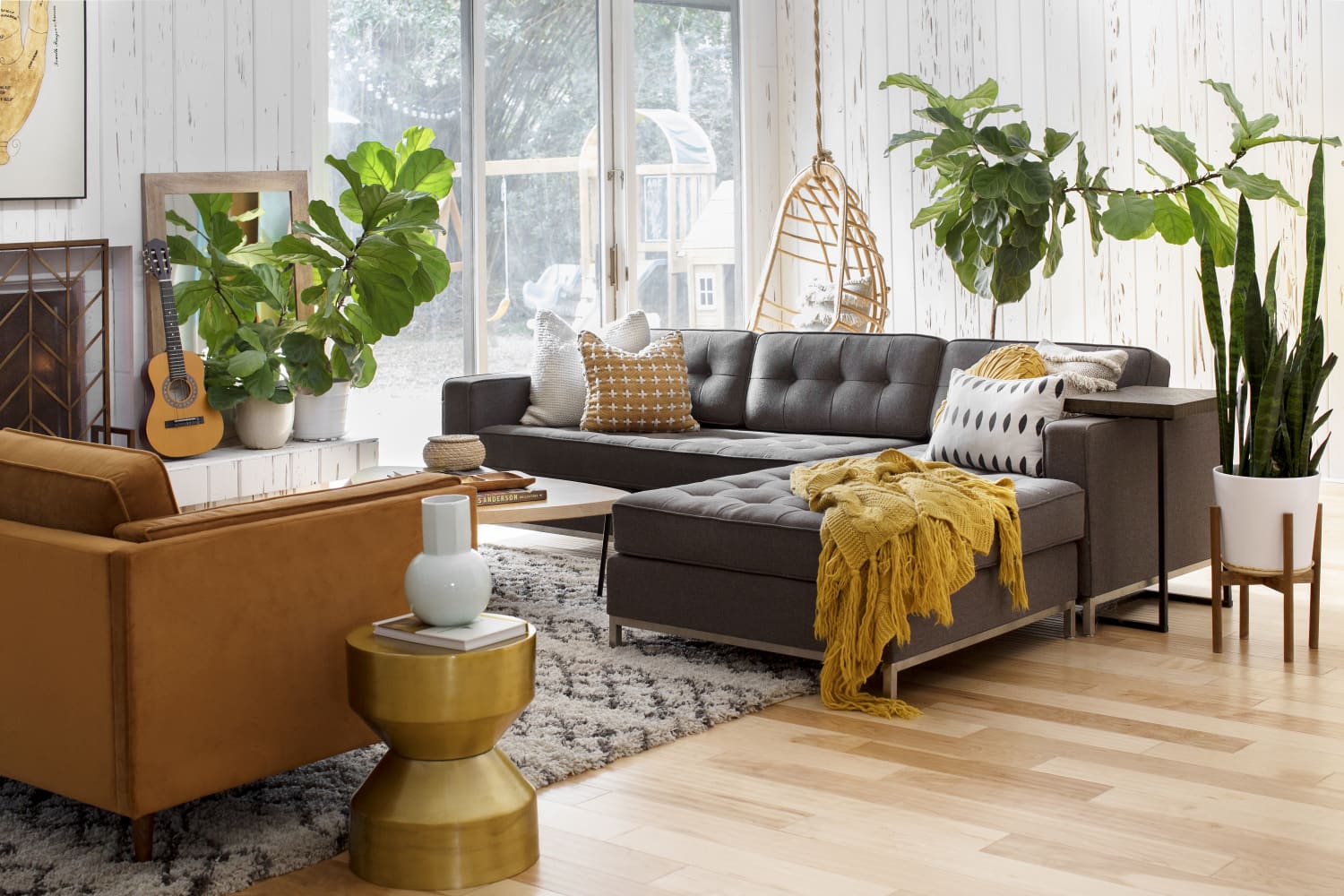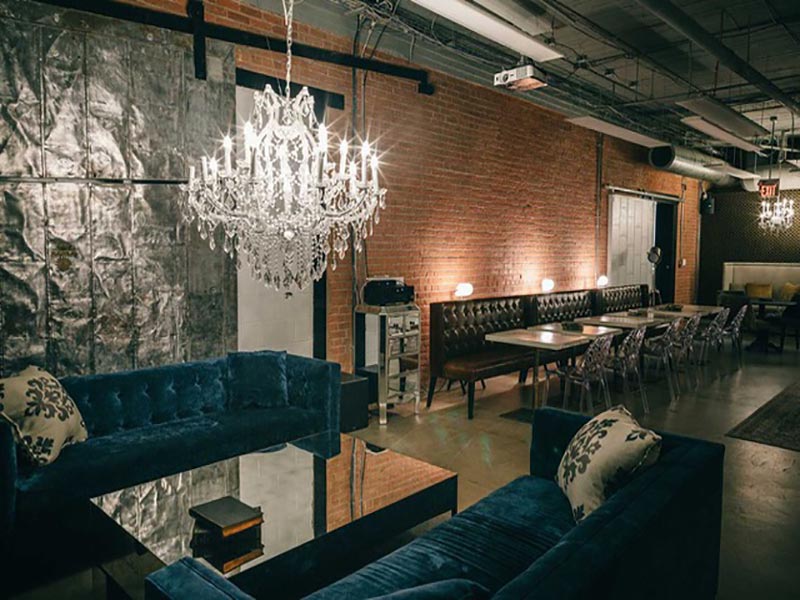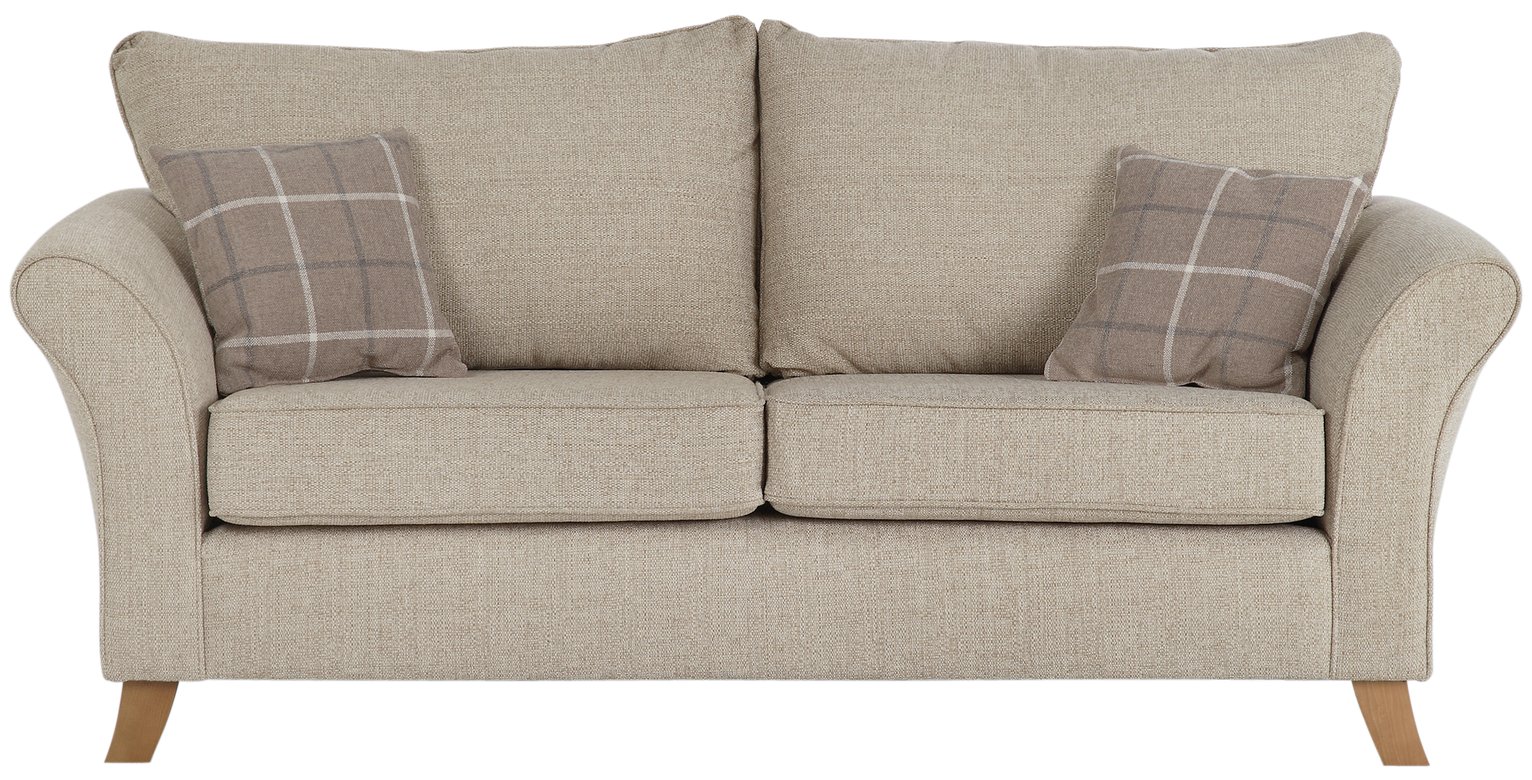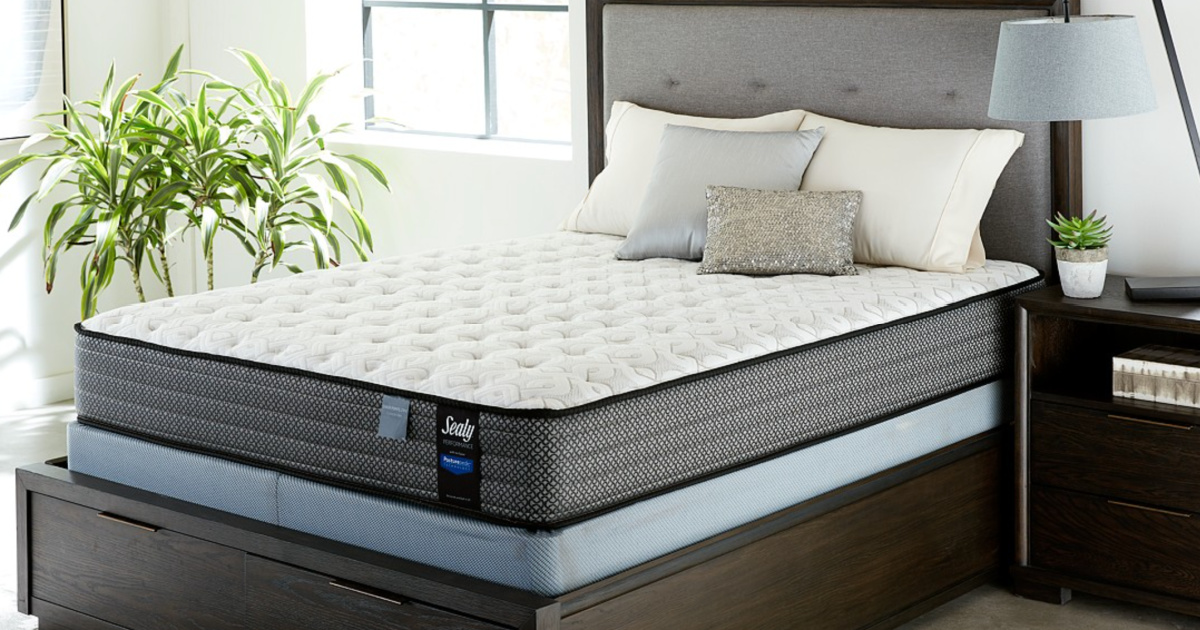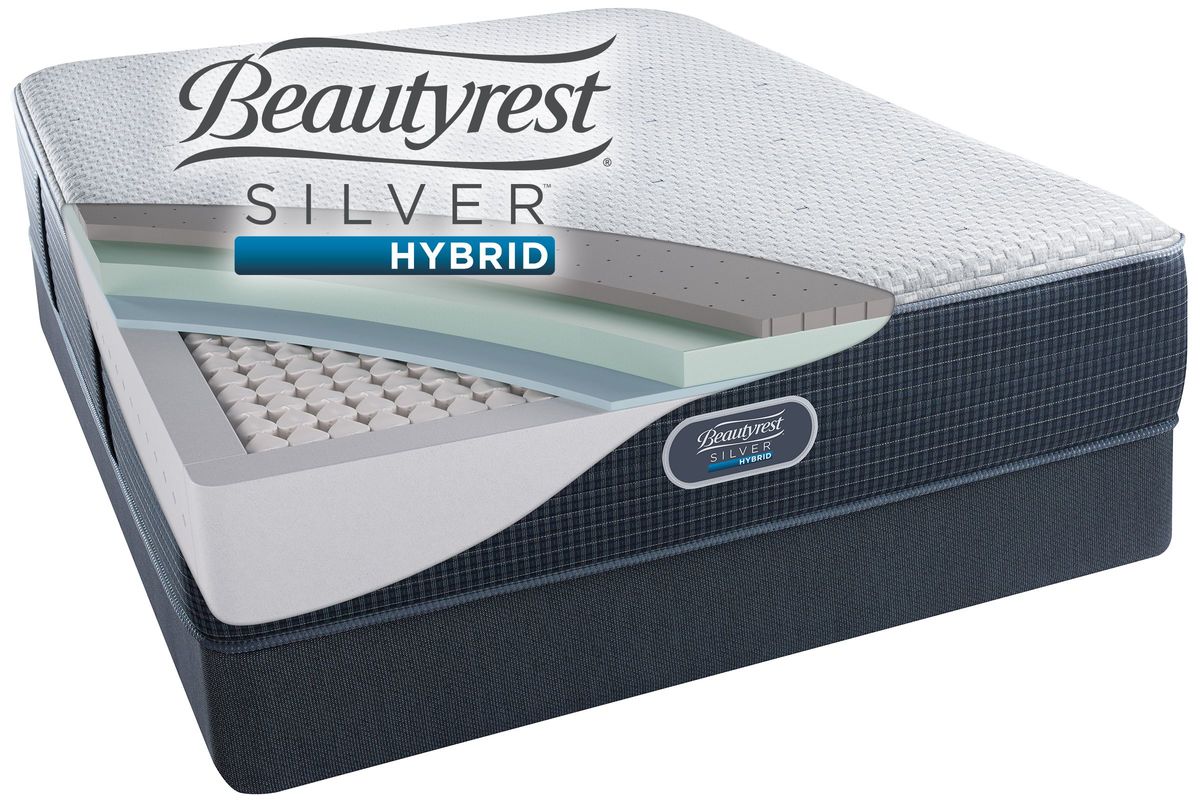The terms "living room" and "parlour" are often used interchangeably, but they actually refer to two different spaces in a home. While both are typically used for socializing and relaxation, there are some key differences between the two. Let's take a closer look at the distinctions between a living room and a parlour.Living Room vs Parlour: What's the Difference?
The main difference between a living room and a parlour is their historical origins. The term "living room" originated in the 19th century, when it was used to describe a space in a home that was primarily used for entertaining guests. On the other hand, "parlour" comes from the French word "parler," which means "to speak." Parlours were originally used for private conversations and were often more formal than living rooms. Another key difference between living rooms and parlours is their layout and design. Living rooms tend to be more open and spacious, with comfortable seating for multiple people. They often include a sofa, armchairs, and a coffee table, as well as a television or fireplace. Parlours, on the other hand, are typically smaller and more intimate. They may have a sofa or settee, but they tend to have fewer seats overall and a more formal layout. The purpose of the two spaces also differs. While living rooms are designed for socializing and relaxation, parlours were traditionally used for more formal gatherings, such as tea parties or meetings with important guests. Parlours were also often used as a waiting room for visitors before being invited into the main part of the home.Key Differences Between Living Room and Parlour
When it comes to choosing between a living room and a parlour for your home, it ultimately depends on your personal preferences and lifestyle. If you enjoy hosting large gatherings and want a space for comfortable lounging and watching TV, a living room may be the better option. However, if you prefer a more formal and intimate setting for entertaining guests, a parlour may be the way to go. Another factor to consider is the size and layout of your home. If you have a smaller space, a parlour may be a more practical use of the area, as it can serve multiple purposes such as a home office or study. On the other hand, if you have a larger home and want a designated space for socializing and relaxation, a living room may be a better fit.Living Room vs Parlour: Which One is Right for You?
While the differences between living rooms and parlours may seem minor, they can have a significant impact on the overall feel and function of a home. Living rooms tend to be more casual and laid-back, while parlours have a more formal and reserved atmosphere. It's important to consider your personal preferences and the intended use of the space when deciding between the two. One way to think about the distinction between living rooms and parlours is to consider their names. A living room is a place where you can relax and live in the moment, while a parlour is a space for having important conversations and making connections with others.Understanding the Distinction Between Living Room and Parlour
Let's take a closer look at some of the key differences between living rooms and parlours:Living Room vs Parlour: A Comprehensive Comparison
Now that we've covered the main differences between living rooms and parlours, let's take a closer look at some additional factors to consider:Exploring the Differences Between Living Room and Parlour
One of the main differences between living rooms and parlours is the overall atmosphere and vibe of the space. Living rooms are meant to be comfortable and inviting, while parlours are more formal and reserved. This can also be seen in the type of activities that take place in each space. While living rooms may be used for watching TV, playing games, or having casual conversations, parlours are often reserved for more serious discussions and events. Another factor that sets living rooms and parlours apart is the level of privacy. Living rooms are usually open to other areas of the home, while parlours may have doors or be located in a more secluded part of the house. This can affect the level of noise and privacy in each space, which is important to consider when deciding between the two.Living Room vs Parlour: What Sets Them Apart?
Let's do a quick recap of the main differences between living rooms and parlours:Breaking Down the Differences Between Living Room and Parlour
Now that you have a better understanding of the differences between living rooms and parlours, it's time to decide which one is more suitable for your home. Consider your personal preferences, the layout and size of your space, and the intended use of the room. Keep in mind that you can always combine elements of both a living room and a parlour to create a space that meets your specific needs and style. Whether you choose a cozy living room or a formal parlour, make sure it's a space that you and your guests will enjoy.Living Room vs Parlour: Which One is More Suitable for Your Home?
To summarize, living rooms and parlours may seem similar at first glance, but they have distinct differences in their origins, layout and design, purpose, and suitability for different homes and lifestyles. By understanding these differences, you can make an informed decision about which space is right for you. Whichever you choose, remember to make it a space that reflects your personal style and makes you feel comfortable and at home.Comparing Living Room and Parlour: What You Need to Know
The Differences Between a Living Room and a Parlour
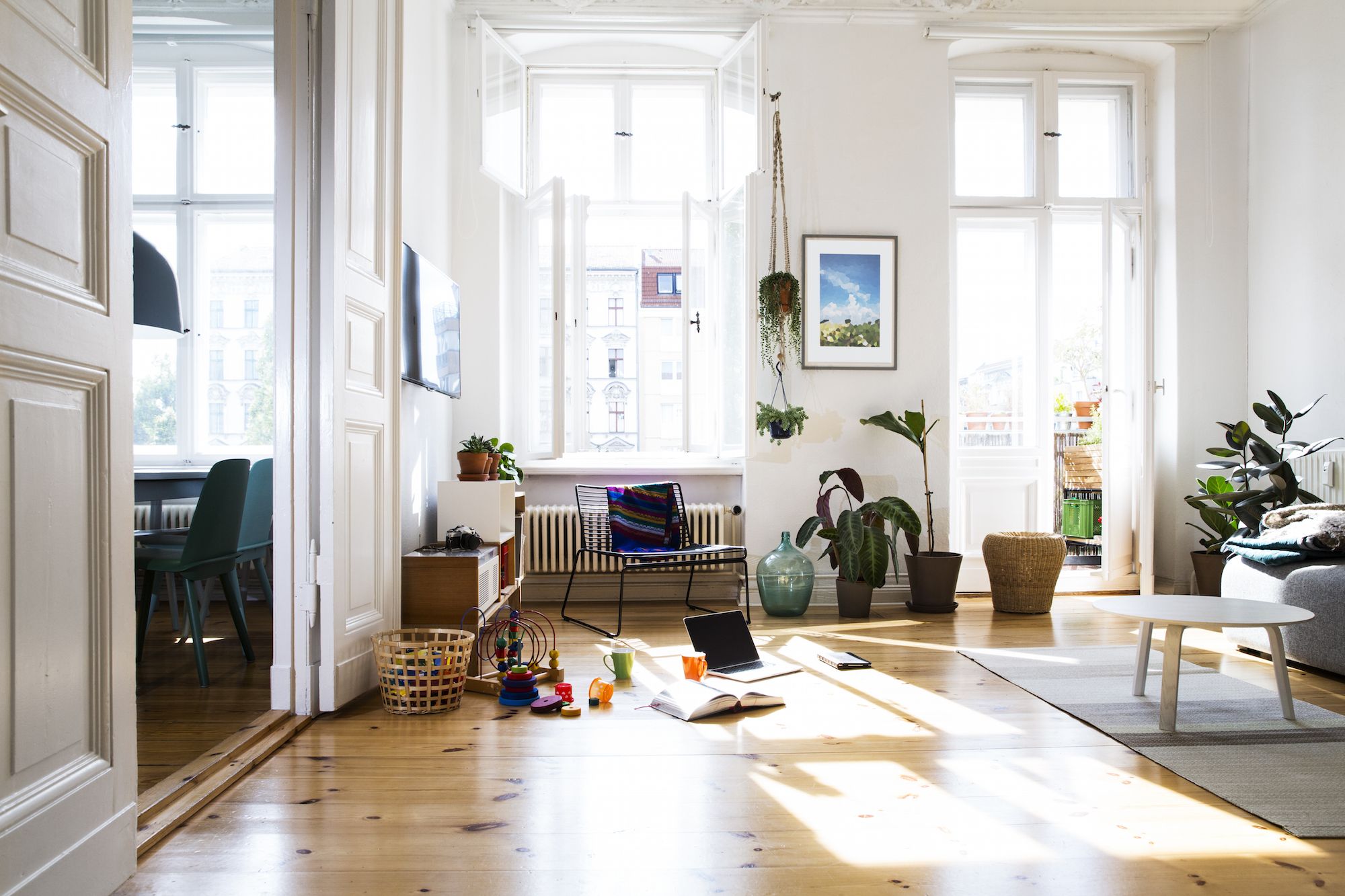
History and Origin
 The terms "living room" and "parlour" both refer to a room in a house designated for socializing and entertaining guests. However, the two words have different origins and connotations.
The term "living room" originated in the late 19th century, as homes became larger and more affluent families began to have separate spaces for different activities. Originally called the "parlor," this space was meant for receiving guests and hosting formal events. As time passed, the term "living room" became more commonly used, reflecting the shift towards a more casual and relaxed atmosphere in this space.
On the other hand, the term "parlour" has a more traditional and formal connotation. It is derived from the French word "parler," meaning "to speak," and was originally used to describe a room in which one would receive guests for conversation and socializing. The parlour was typically reserved for special occasions and was seen as a more formal and elegant space compared to the living room.
The terms "living room" and "parlour" both refer to a room in a house designated for socializing and entertaining guests. However, the two words have different origins and connotations.
The term "living room" originated in the late 19th century, as homes became larger and more affluent families began to have separate spaces for different activities. Originally called the "parlor," this space was meant for receiving guests and hosting formal events. As time passed, the term "living room" became more commonly used, reflecting the shift towards a more casual and relaxed atmosphere in this space.
On the other hand, the term "parlour" has a more traditional and formal connotation. It is derived from the French word "parler," meaning "to speak," and was originally used to describe a room in which one would receive guests for conversation and socializing. The parlour was typically reserved for special occasions and was seen as a more formal and elegant space compared to the living room.
Design and Functionality
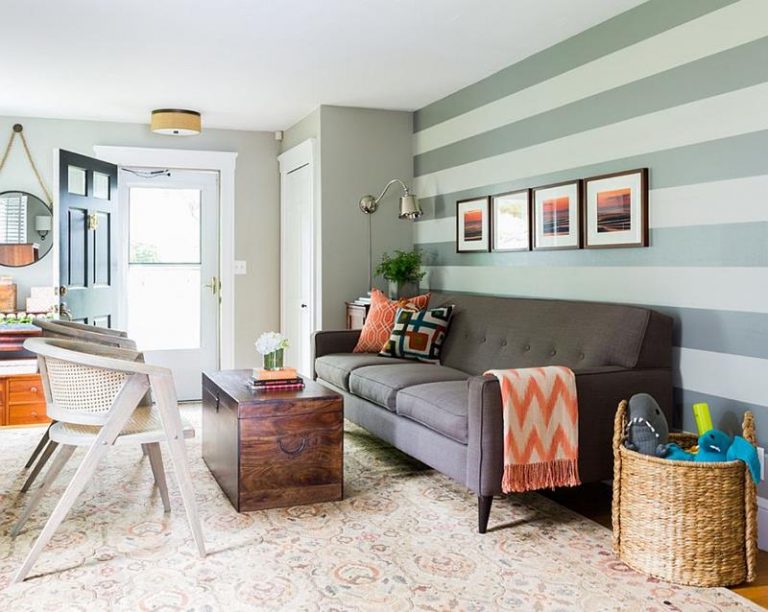 While the terms may have originated from similar purposes, the design and functionality of a living room and parlour can vary greatly.
A living room is typically designed to be comfortable and inviting, with a focus on relaxation and entertainment. It is often furnished with comfortable seating, such as sofas and armchairs, and may include a television or entertainment center. The design of a living room is more casual and reflects the personal style of the homeowner.
In contrast, a parlour is designed to be more formal and elegant. It may feature more traditional and ornate furniture, such as chaise lounges and accent chairs. The decor is often more elaborate, with features such as crown molding, intricate wallpaper, and crystal chandeliers. The functionality of a parlour is also more limited, with a focus on hosting formal events and receiving guests rather than everyday use.
While the terms may have originated from similar purposes, the design and functionality of a living room and parlour can vary greatly.
A living room is typically designed to be comfortable and inviting, with a focus on relaxation and entertainment. It is often furnished with comfortable seating, such as sofas and armchairs, and may include a television or entertainment center. The design of a living room is more casual and reflects the personal style of the homeowner.
In contrast, a parlour is designed to be more formal and elegant. It may feature more traditional and ornate furniture, such as chaise lounges and accent chairs. The decor is often more elaborate, with features such as crown molding, intricate wallpaper, and crystal chandeliers. The functionality of a parlour is also more limited, with a focus on hosting formal events and receiving guests rather than everyday use.
Modern Usage
 In modern usage, the terms "living room" and "parlour" are often used interchangeably, with many homeowners no longer distinguishing between the two. This is due to the changing trends in home design, with a shift towards more open and multifunctional spaces. Many homes now have a single room designated for both casual everyday use and formal entertaining, blurring the lines between a living room and parlour.
In conclusion, while the terms "living room" and "parlour" may have similar origins, their differences lie in their design, functionality, and connotations. Whether you prefer a casual and relaxed living room or a more formal and elegant parlour, both spaces serve the purpose of bringing people together and creating a sense of warmth and hospitality in a home.
In modern usage, the terms "living room" and "parlour" are often used interchangeably, with many homeowners no longer distinguishing between the two. This is due to the changing trends in home design, with a shift towards more open and multifunctional spaces. Many homes now have a single room designated for both casual everyday use and formal entertaining, blurring the lines between a living room and parlour.
In conclusion, while the terms "living room" and "parlour" may have similar origins, their differences lie in their design, functionality, and connotations. Whether you prefer a casual and relaxed living room or a more formal and elegant parlour, both spaces serve the purpose of bringing people together and creating a sense of warmth and hospitality in a home.



